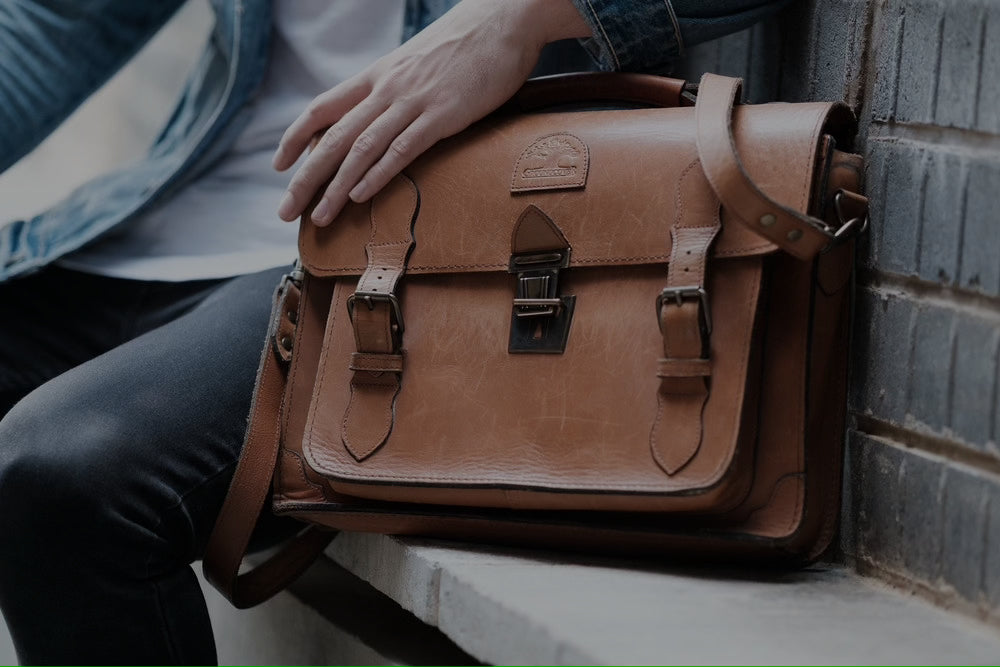
Inside Groundcover
Groundcover was founded as an expression of a lifelong passion for leatherwork and a search for a meaningful livelihood. Justin and Amanda McCarthy found each other at a young age and had a shared enthusiasm for craftsmanship and uplifting their community. They spent years travelling the world selling leather goods, eventually returning to Africa in the mid 80’s where they settled in Lesotho. They focused their efforts on working with development projects, teaching people about the leather tanning process and sharing their skills of the artisanal craft.
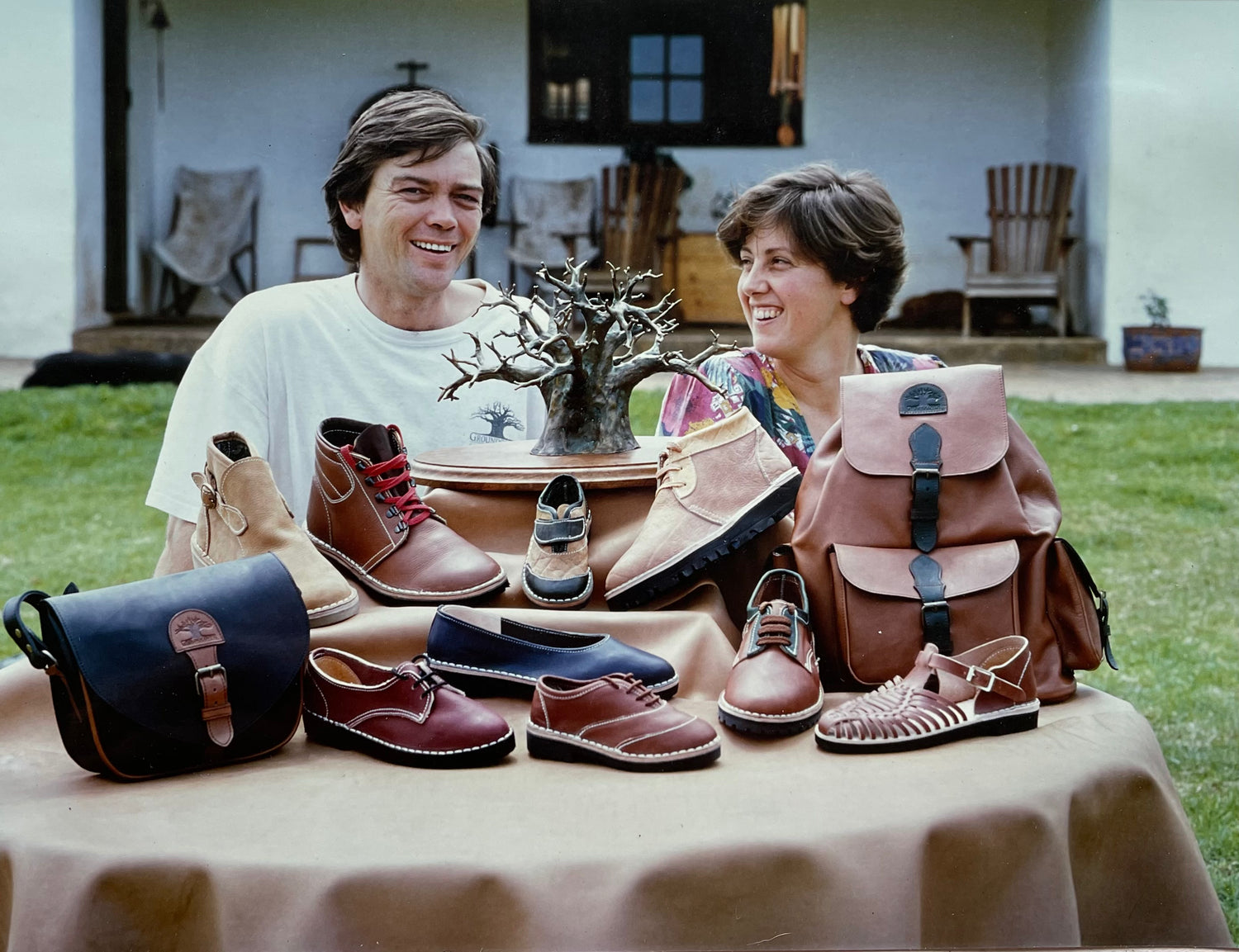
Our Story
In 1990, Justin and Amanda McCarthy decided to settle their roots in the KZN midlands of South Africa and opened what is still today, the Groundcover factory and store in Curry’s Post. As the business has grown, so has the surrounding community; Groundcover was one of the founding members of what is now the expansive and well-known Midlands Meander and crafters guild, and our workforce has grown from 4 to 30.
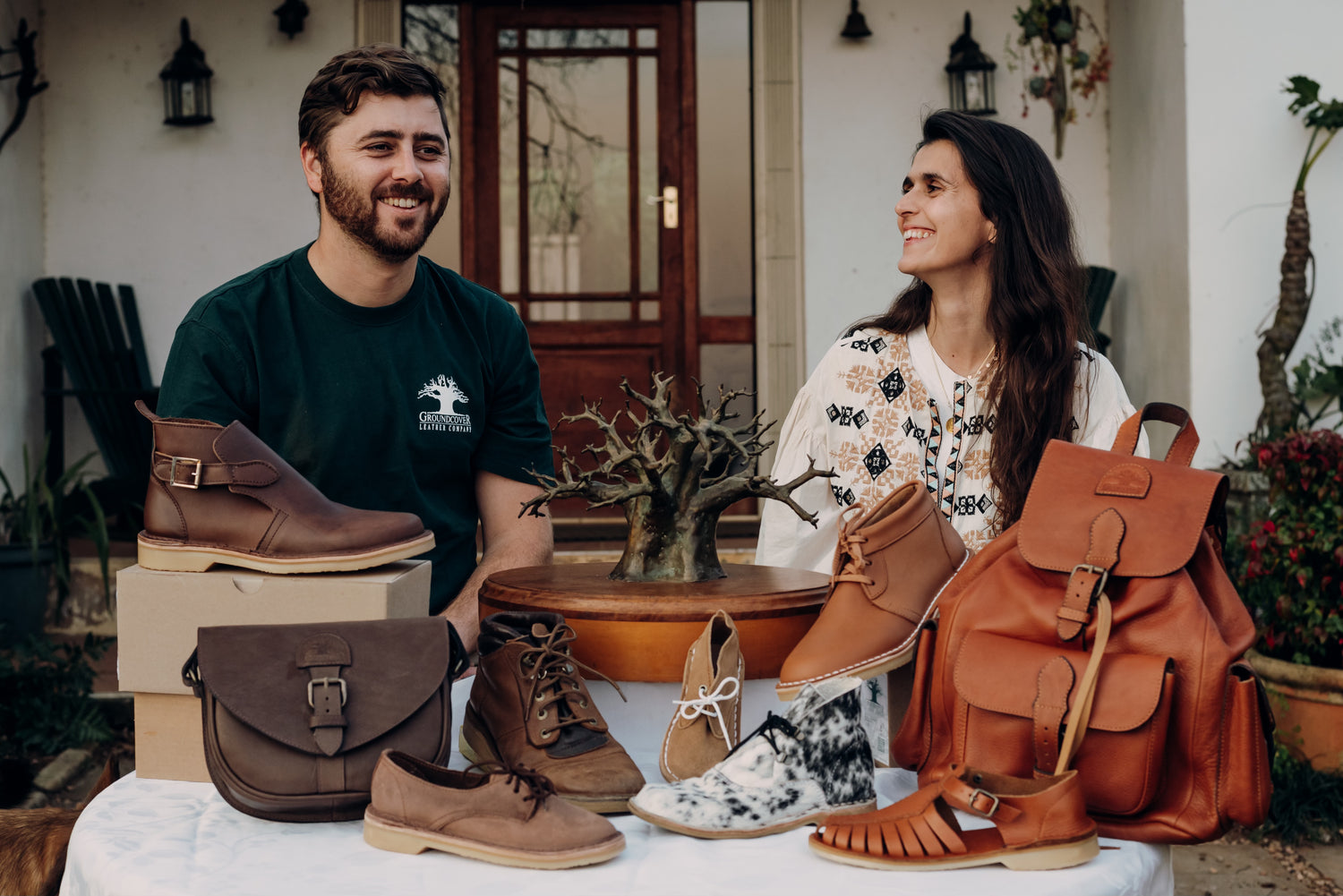
On the 2nd of July 2010, Justin was tragically killed on his mountain bike while training for a trip to the Himalayas. With the support of the Groundcover community, Amanda steered the company until her son and daughter-in-law, Daniel and Angela, took over the reins in 2022. Dan and Ang have sought to keep alive the ethos of the business, whilst also bringing a renewed energy and a focus on supporting the next generation of our community.
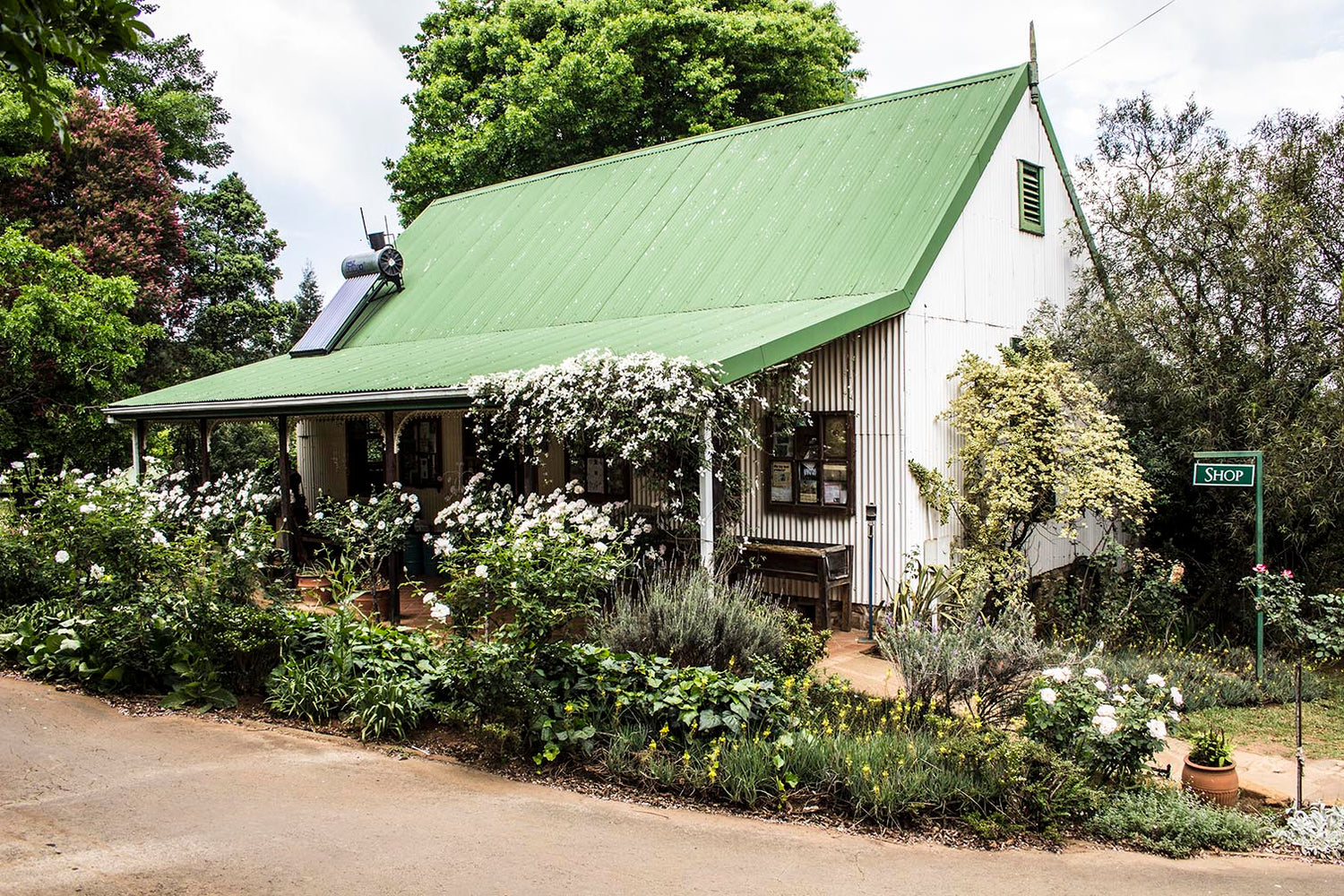
While things have changed through the years, the essence of our craft has remained the same. From small beginnings we have grown into a sensibly sized, sustainable enterprise and are well known as makers of original, finely handcrafted leather footwear and accessories. Thanks to the quality of our product, the skills and dedication of our artisans and our brand’s association with ‘goodness’ in every way, we have been able to thrive in the face of tough economic conditions and the worst effects of globalisation.
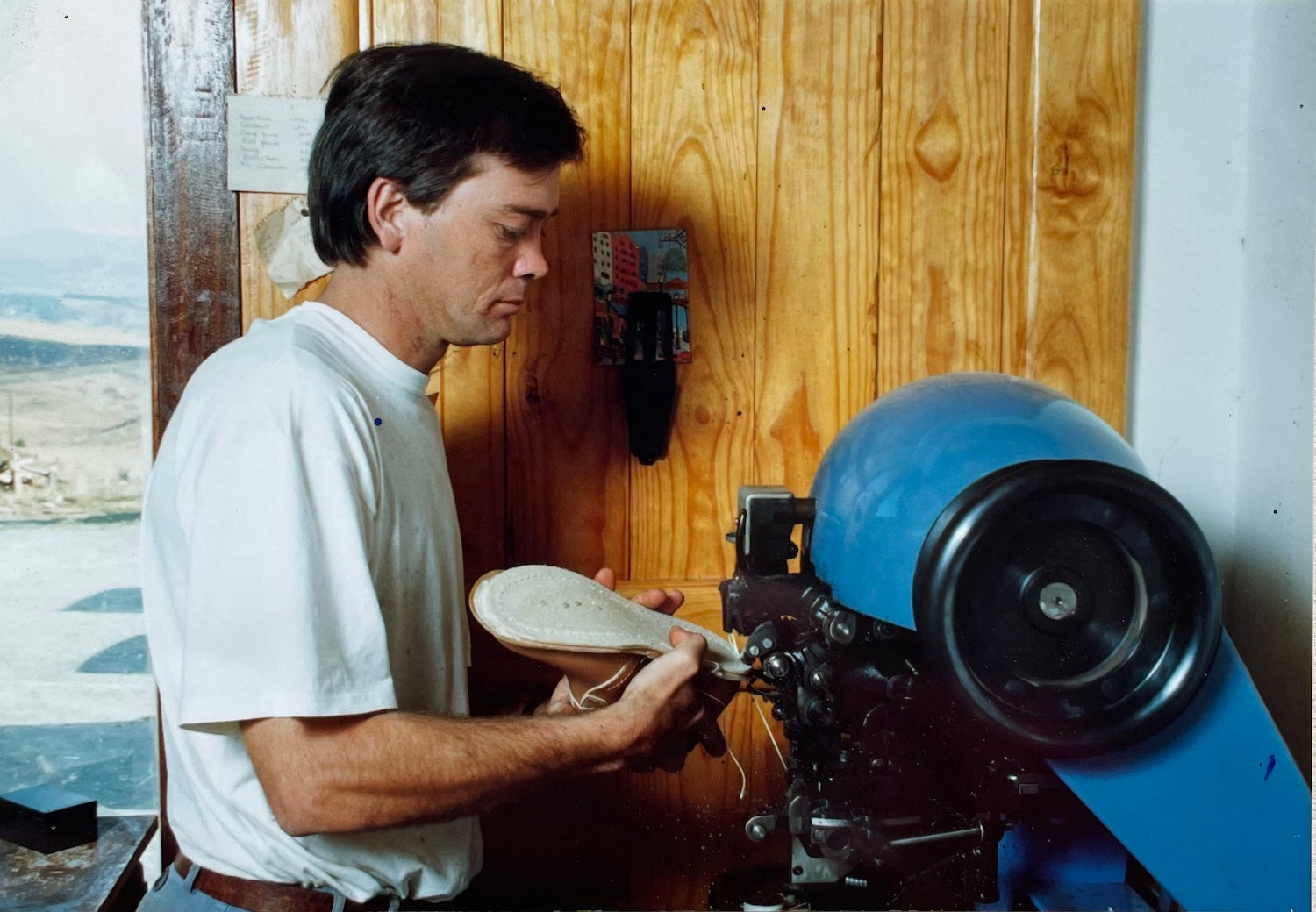
The single most important reason for our success has been the people who make up the Groundcover family. We have been working with one another for a very long time. Together we share vast experience and depth of skill, which, along with our small size, has allowed us to remain creative and innovative, and to master a variety of constructions and techniques for different types of footwear.
How we make our shoes
All our designs are original and have a distinct Groundcover signature. Over the years we have developed a wide range of lasts to suit different constructions, fittings and foot types. We have spent a lot of time developing and testing our last model before tooling up all the different sizes and beginning the range building, designing and pattern cutting.
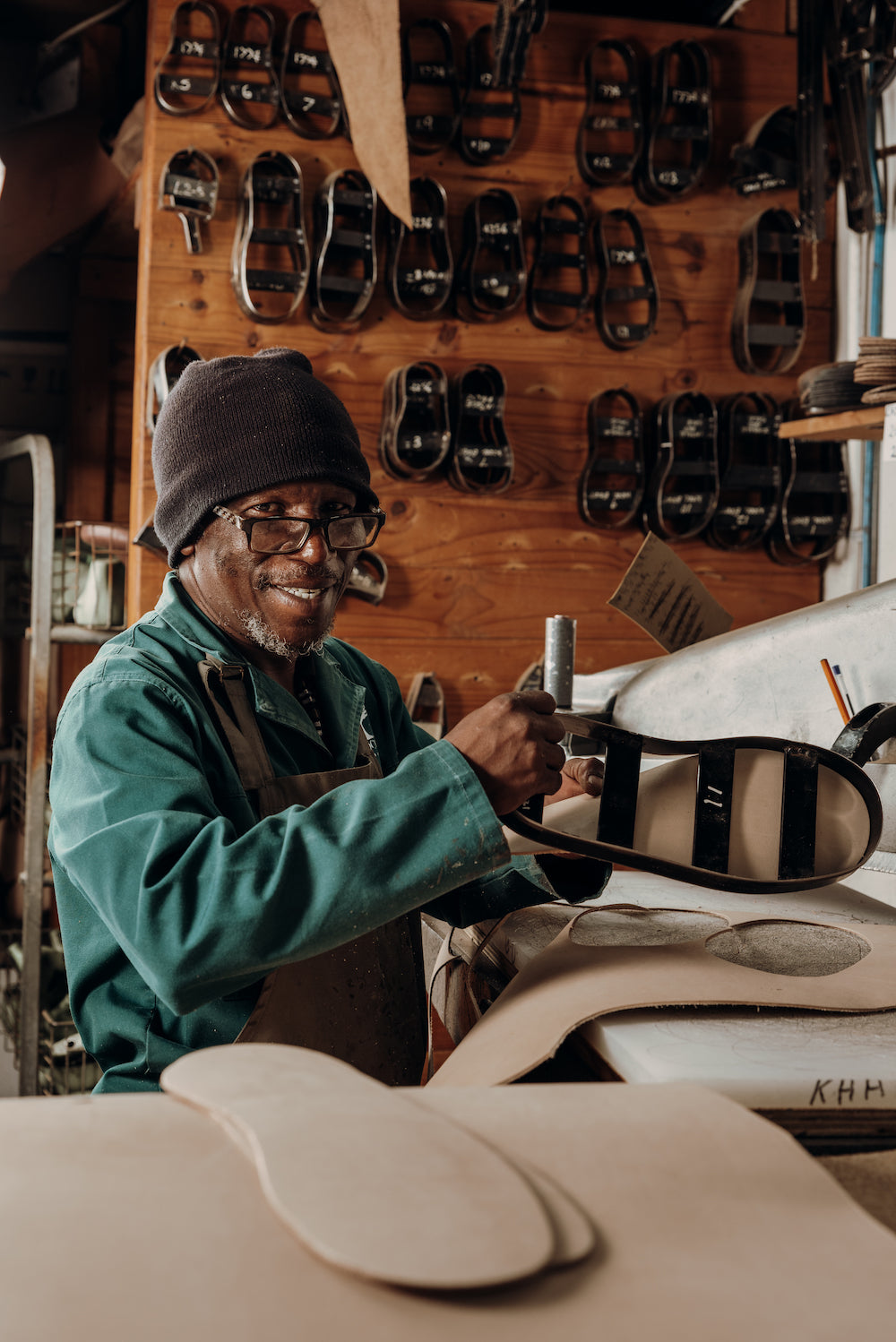
On every new design, we create a standard form which we then use to make up samples for evaluation and wear testing. Our patterns are manually graded in waxed board, using an old machine called a pentagraph as opposed to mass produced shoes which use varying other forms of technology. We then hand cut size ranges which we use to develop the patterns to make our knives.
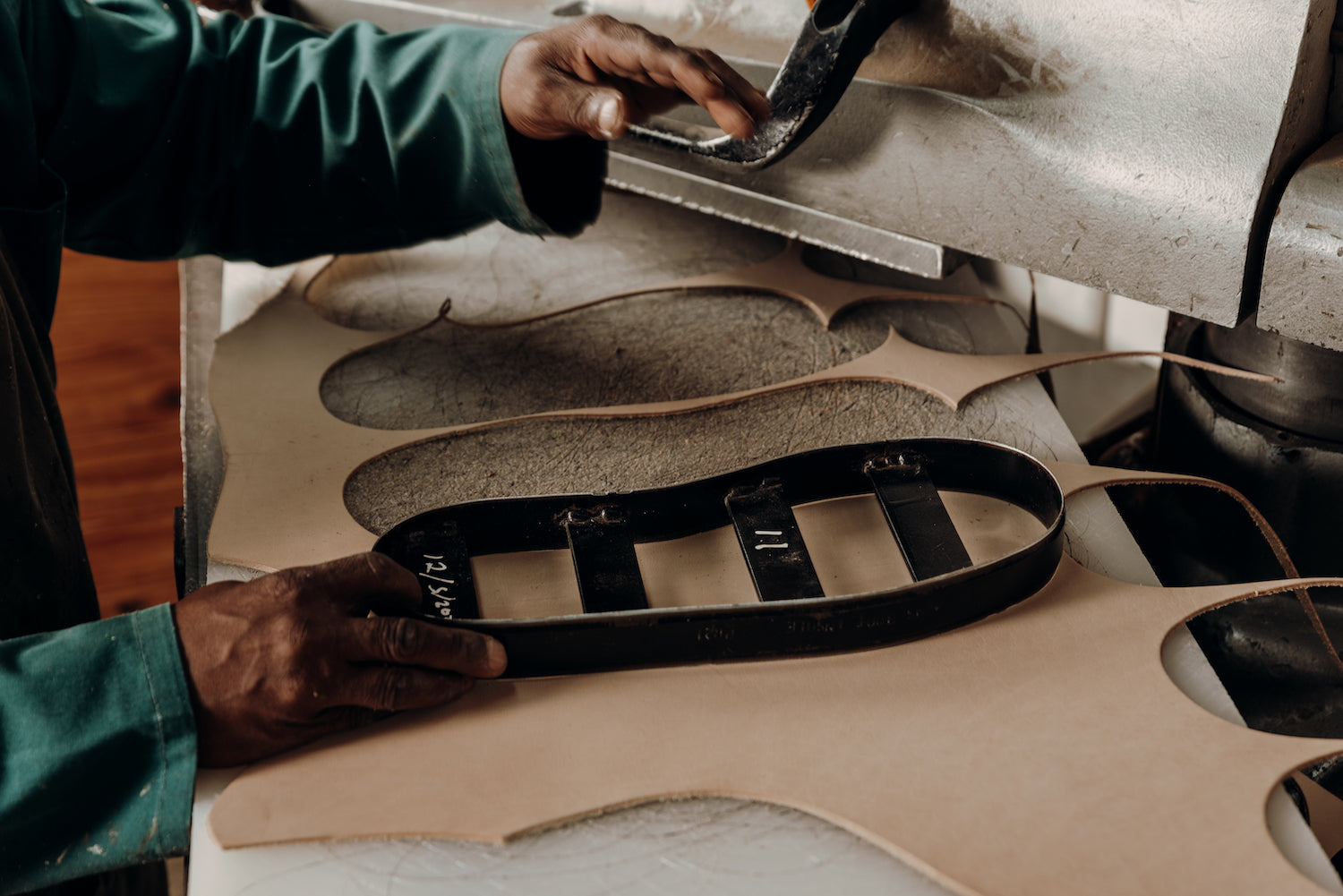
Our manufacturing process starts with our clickers who know exactly where on the skin to place the knife to produce minimal waste as they cut the upper on the clicking press. In the closing room, we mark, skive, glue and stitch the upper together. The toe puffs and heel stiffeners are attached and moulded, and the buckles, hooks, loops or eyelets fitted. The closed uppers are then pulled over the last and cemented to the insole. This is a very delicate operation, requiring great care and attention so that the leather fits snugly over the last but does not stretch to tearing point.

After stitching the upper to the midsole and runner, we heat set the lasted shoe at 130°c to shrink the upper around the last and give it stand. We then move to the sole room, where the sole and runner are primed, allowing them to cure before bonding them together using a two-part glue, heat and pressure. The excess rubber is trimmed off, the edges sanded to a fine finish and the completed shoe then goes to the shoe room for edge staining, polishing and a thorough quality control inspection, before being boxed and labelled.
- Choosing a selection results in a full page refresh.
- Opens in a new window.
